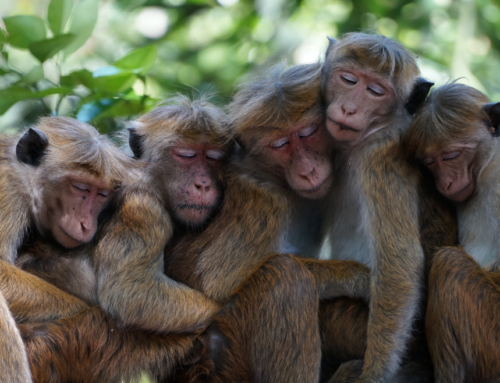Research Article: Nair, T., Thorbjarnarson, J. B., Aust, P., & Krishnaswamy, J. (2012). Rigorous gharial population estimation in the Chambal: Implications for conservation and management of a globally threatened crocodilian. Journal of Applied Ecology, 49(5), 1046–1054. https://doi.org/10.1111/j.1365-2664.2012.02189.x
Blog Author: Dhanush Shetty
Highlights:
- Gharial is a crocodile species that is native to India and is historically found in several river systems. However, their population has drastically declined and by 2006, their numbers had dropped to 58% of previous estimates.
- This decline is attributed to habitat destruction, caused by alteration of river flow and land use changes, as well as use of gharial eggs for human consumption.
- In the past, conservation efforts have included the release of thousands of gharials into various river ecosystems, but the efficacy of these efforts is difficult to determine, as there has been a lack of monitoring regarding survival and dispersal of released animals.
- A recent study used a combination of daylight boat surveys and photographic capture-recapture method to estimate the population of gharials in a 75 km stretch of the Chambal river, finding approximately 231 adults, 83 subadults, and 89 juveniles, respectively.
- The researchers recommend frequent and rigorous monitoring of demographic and reproductive characteristics of gharial populations for future conservation efforts.
The gharial (Gavialis gangeticus) is a species of crocodile native to India and is well known for its long, thin snout adapted for catching fish. They are critically endangered and their population has declined significantly over the decades, with the largest population found in the Chambal river in Madhya Pradesh. In 1970, the estimated number of gharials was less than 200, but attempts to increase their numbers through the rear and release of eggs were not successful and by 2006, the count had dropped to 58% of the previous estimate.
Gharial prefer fast-flowing river habitats, but construction of dams and land use changes like sand mining can cause loss of their nesting and basking sites. Collection of gharial eggs for human consumption also contributes to their declining population. Despite the release of 5,000 gharials in various river ecosystems over the decades through rear and release programs, only 200 are known to exist in 2007 due to the lack of effective monitoring techniques.
In order to estimate the number of gharials, the authors surveyed a 75 km stretch of a river using photo-identification. This method uses the natural markings or scales on the tail to differentiate individuals through photographic records, as opposed to previous methods like daylight boat surveys and mark capture recapture, which only provided relative abundance and had issues relating to the loss of tags, uneven probability of capturing tagged individuals and welfare concerns regarding the handling of gharials.
Gharials were estimated on the basis of size, because demographic and reproductive variables in crocodilians are dependent on size rather than that of age. The study estimated approximately 231 adults, 83 subadults, 89 juveniles in Chambal river.
Researchers recommended that an intensive survey to estimate the number of gharials, which is a critically endangered species, should be conducted every 3-5 years. The conventional boat survey and eyeshine count methods (shining bright torchlight on the riverbank to count gharials) have limitations and result in an undercount. There is a lack of information on gharial distribution and abundance due to poor monitoring practices, making it difficult to effectively understand their conservation needs.
Without accurate information on their current status, previous high-intensity strategies, like egg collection and rear-and-release programs, are unnecessary and divert resources away from important field-based protection measures. Researchers suggest that frequent and rigorous monitoring of the demographic and reproductive characteristics of gharial populations is crucial for their long-term conservation and management, especially in the context of future conservation efforts.
Key-words: abundance estimation, Chambal River, closed-population models, detection, Gavialis gangeticus, individual identification, noninvasive, photographic capture–recapture.
You can access the original article here.






